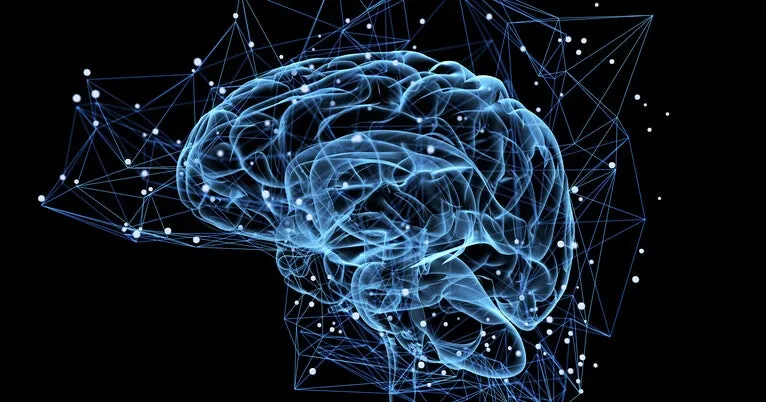
Revolutionary Discovery: How 'Traffic Cops' Are Shaping Human Brain Development
2025-05-01
Author: Wei
Stem Cells Take the Wheel Early On
Just weeks after conception, our brain's future is being formed by stem cells orchestrating their own development. A groundbreaking study from Yale has unveiled the role of molecular 'traffic cops'—known as morphogens—in guiding stem cells to differentiate into specialized brain cells.
The Signals that Shape Our Minds
Researchers discovered that stem cells' sensitivity to these vital morphogens varies, not just between different donors but also within stem cells from the same individual. This exciting revelation opens a new chapter in understanding how our brains develop and adapt to both genetic changes and epigenetic modifications.
Innovative Technology Unveils Complex Interactions
Led by Flora Vaccarino and Andre Levchenko, Yale’s team developed an innovative device called Duo-MAPs. This tool allows them to expose human stem cell-derived organoids to two pivotal morphogens present in the developing brain: WNT and Sonic Hedgehog.
WNT works along the vertical axis while Sonic Hedgehog operates front to back, and their interactions over just five days dictate the eventual structure and cell makeup of nearly all brain regions. Remarkably, they found that the gene activity controlled by these morphogens differed significantly across various stem cell lines and individuals.
Personalized Responses Revealed
Some stem cell lines exhibited heightened sensitivity to WNT, resulting in concentrated gene activity towards the brain's lower regions, while others leaned towards frontal areas like the developing cortex. Additionally, variations in responses to Sonic Hedgehog were noted across cell lines, further emphasizing the complexities in brain development.
Genetic and Epigenetic Influences at Play
The discrepancies in morphogen responses among different donors can be attributed to genetic backgrounds. In contrast, variations within stem cell lines from the same donor are likely caused by epigenetic changes or mutations occurring after conception.
Robustness of Brain Development
The study highlights the dynamic nature of brain development, influenced by just a brief exposure to key signals. This robustness to variations in gene expression points to new avenues for understanding this vital developmental process across different individuals.
A Breakthrough for Future Research
This pioneering research not only sheds light on brain development but also paves the way for more precise modeling linked to individual subjects. With such insights, scientists may unveil the underlying complexities of human biology that could lead to advancements in medical science.
The Yale team, comprised of experts from various fields, is hopeful that their work, primarily funded by the National Institutes of Health, will drive further inquiries into the intricacies of human brain development.



 Brasil (PT)
Brasil (PT)
 Canada (EN)
Canada (EN)
 Chile (ES)
Chile (ES)
 Česko (CS)
Česko (CS)
 대한민국 (KO)
대한민국 (KO)
 España (ES)
España (ES)
 France (FR)
France (FR)
 Hong Kong (EN)
Hong Kong (EN)
 Italia (IT)
Italia (IT)
 日本 (JA)
日本 (JA)
 Magyarország (HU)
Magyarország (HU)
 Norge (NO)
Norge (NO)
 Polska (PL)
Polska (PL)
 Schweiz (DE)
Schweiz (DE)
 Singapore (EN)
Singapore (EN)
 Sverige (SV)
Sverige (SV)
 Suomi (FI)
Suomi (FI)
 Türkiye (TR)
Türkiye (TR)
 الإمارات العربية المتحدة (AR)
الإمارات العربية المتحدة (AR)